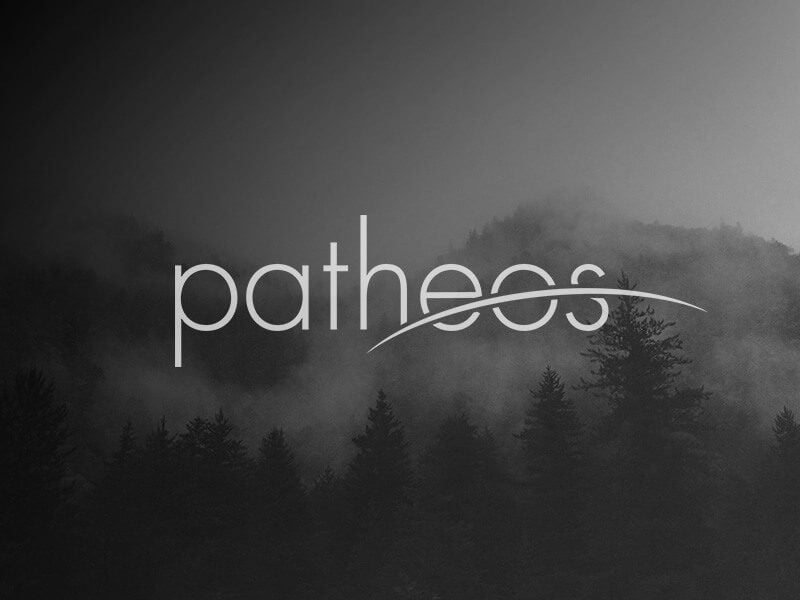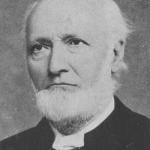Next week I am going to lecture on two early and important Pauline letters: 1 Thessalonians and Galatians. As for the latter, I resonated with this quote from James Dunn’s outstanding 1993 Theology of Paul’s Letter to the Galatians. In no sense is Galatians an ivory tower tract remote from real life, the dispassionate statement of one high above the battle. Rather, it is a cry from the heart of one at the very front of the line of Christian advance,... Read more
















